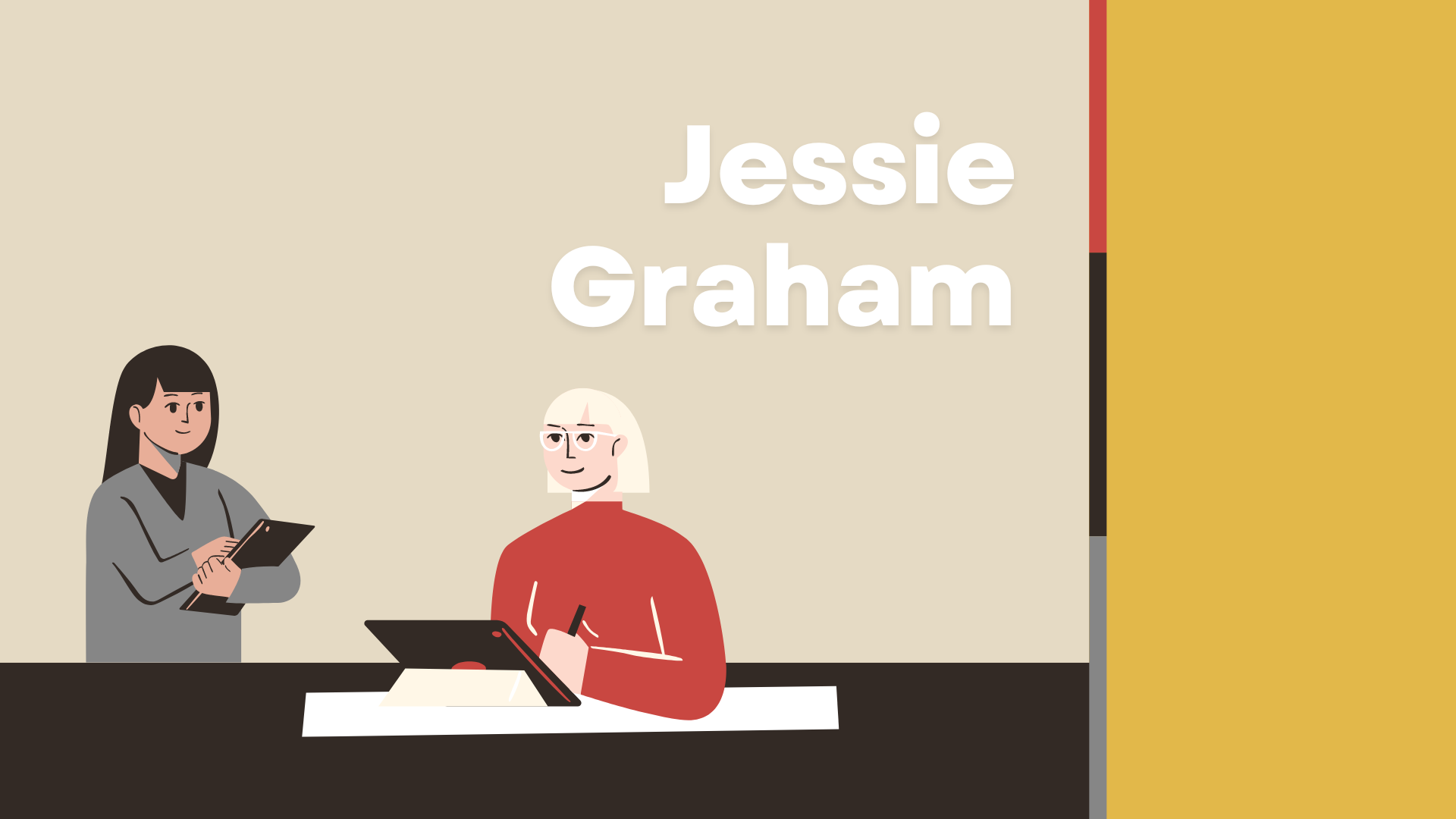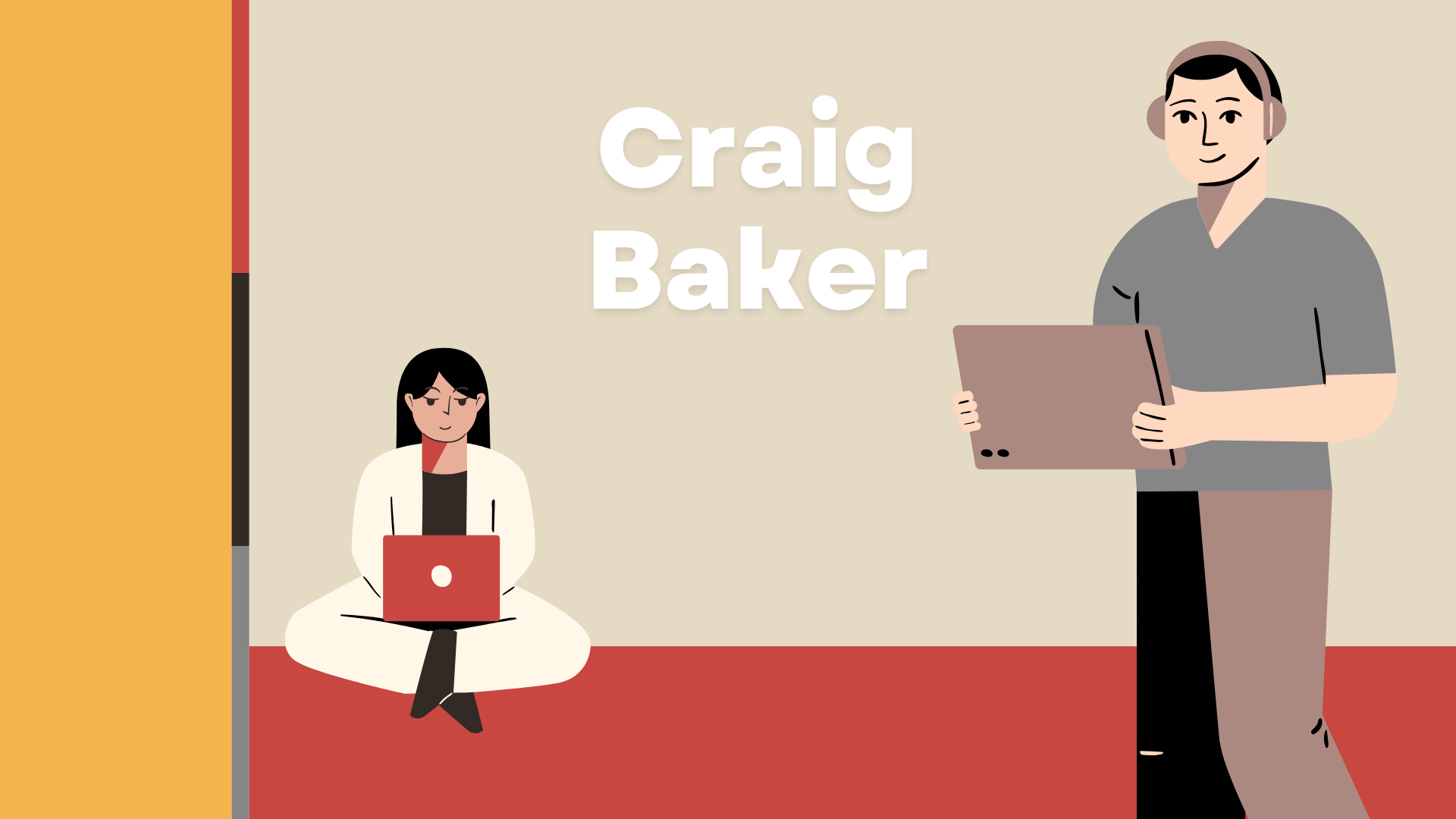This week, we embarked on a journey to find out what HR professionals actually think about org charts. Of course, we all know that org charts act as a blueprint for roles, responsibilities, and reporting lines, but what lies beneath the surface? Why exactly are org charts needed? What real value do they bring to organisations and their employees?
To find out the answers to these questions, we spoke with two HR professionals from various industries to gather insights about their personal experiences implementing and maintaining an org chart using specialised HR software. Join us as we uncover the true value of org charts and how they play a crucial role in fostering clarity, collaboration, and success in companies of all sizes.
Jessie Graham – Senior HR Officer

First, we spoke with Jessie Graham, who has been with Community Gateway as a Senior HR Officer for about 12 months. She started her role during the initial stages of implementing the org chart at Community Gateway and has been kind enough to speak with us about her experience using it so far. In this interview, Jessie tells us about what prompted their company to invest in a digital org chart software, and explains how it has helped with employee-related processes and visualisation of departments.
Q1 – Why investing in specialised org chart software?
Full question: Why did your organisation decide to invest in a specialised org chart software?
“It just made sense as part of the program [the HR software platform] to have a visual representation of the organisation and the roles. At the time, we had an org chart that needed to be manually updated, so it wasn’t really like a live document as such. It was quite often out-of-date, and so we went ahead with the digital org chart.”
Q2 – Where has org chart benefited the most?
Full question: In which areas has the org chart benefited your organisation the most?
“For things like cross-boarding, offboarding, and changing conditions, it’s really beneficial because it’s just like that seamless transition. I also really love that there is a visual representation because I don’t necessarily see all the departments, so when people start, we ask them to upload a photo with their contract and onboarding, and we put it into the org chart so that everyone has a face. I might not know people in a day-to-day setting but I can still get a good idea of what they look like and where they are sitting in the organisation.”
Q3 – Compare the benefits received with expectations
Full question: How do you feel about the benefits you received from your org chart software compared to what you expected before?
“They’re good! It matches my previous vision of what an org chart should be. There have only been small things I’ve suggested to change, such as the ability to move tiles [org chart nodes] around – like drag and drop.”
Q4 – Would you recommend an org chart software?
Full question: How strongly would you recommend implementing an org chart software for HR teams in general? Do you have any advice for choosing an org chart software?
“I would recommend it. I feel like, if you are going to have a digital software core HR program, then it makes sense to have the org chart because then you’ve got a full visual representation of the organisation and company. Without it, you just don’t have the full picture. I use it all the time, show it to new employees, export it, and it gives a pretty current up-to-date snapshot of where we are at.”
Craig Baker – Organisational Capability Executive Lead

Next, we spoke with Craig Baker who is an Organisational Capability Executive Lead at IPS Management Consultants, the largest Aboriginal-owned consulting company in Australia. He has had multifold involvement with Martian Logic, from being a Martian Logic employee, to serving as a consultant, assisting in the selection and implementation of the system. As an expert on the topic, Craig has been kind enough to discuss his view on the usefulness of specialised org chart software and which features help HR teams the most.
Q1 – Why investing in specialised org chart software?
Full question: What are the top reasons why your organisation decided to invest in a specialised org chart software?
1 – “First would be visual representation – understanding who’s who in the zoo and where they fit into the organisation. The beauty of the Martian Logic org chart is that you can surface any information you like such as office location, job titles, contact details, pictures, and any other information you want. Also, having pictures of employees on your org chart helps you identify who they actually are and what they look like.”
2 – “Second is being able to hold information on the position, as well as information on the person sitting in that position within the org chart. Having those two repositories of information is really important.”
3 – “Third is connection – understanding who you can reach out to for various things, having contact details for them, and being able to go searching to find people easily.”
4 – “To add a forth, the Martian Logic org chart has real-time updating. For example, with changes of employee conditions, it automatically can update and move that person based on the information. Or when you hire someone, they naturally come into the org chart and the software fills in all of their corresponding details.”
“Most organisations try to keep an org chart up-to-date with Visio. But if you’ve got high turnover in certain areas, you won’t ever get to the detail of who’s down low because its changing too much. You would need someone almost full time to keep an org chart updated and remember to make all the necessary changes. Therefore, the fact that doing actions in the Martian Logic system automatically update the org chart, makes it a very useful tool and saves a considerable amount of time.”
Q2 – What top features you looked for in an org chart?
Full question: What were the top 3 features that you looked for in an org chart when you were researching which software to invest in?
“First, it needs to look and feel good. User experience is really important. Second, the org chart needs to be able to hold and customise all kinds of information. For example, you need to be able to bring in custom fields. Information that is held in Martian Logic is everything from salary scales and award levels to position data and location. Third is the ability to launch processes from the org chart. It shouldn’t just be something that sits to the side. You should be able to actually action stuff from within the org chart.”
Q3 – Any challenges with implementing the org chart?
Full question: Have you witnessed any challenges/obstacles in relation to implementing your org chart?
“The biggest challenge is getting the data there in the first place. It’s not a system issue but more that the data internally within an organisation is very hit or miss – you need to make sure it’s accurate. Therefore, uploading the data is easy, but getting the data standardised or in the right format is important when dealing with the org chart. The good thing is that specialised org chart software gives you an opportunity to clean up this data when you go into it.”
Q4 – Where has org chart benefited the most?
Full question: In which areas has the org chart benefited your organisation the most?
“HR without a doubt. It’s great not having to update something and try to track all the changes that have happened. The org chart will do that naturally for you. Having all information held in the org chart helps to make things more standardised and regulated.”
Q5 – Compare the benefits received with expectations
Full question: Do the benefits you received from your org chart meet your previous expectations?
“Yes, it’s fairly feature-rich so it can definitely do what you need it to do. The ability to search for people and positions is handy so you’re not needing to continuously scroll. Also, having the org chart connect to actual profile and employee details has been nice and easy to use.”
Q6 – Would you recommend an org chart software?
Full question: How strongly would you recommend implementing an org chart software for HR teams in general?
“Anything to remove Visio is great. I would highly recommend it. Org chart software provides a lot of benefits to the organisation, not just HR. By using tools like this, you can standardise a lot more.”
Q7 – Any advice for HR professionals?
Full question: Do you have any advice for other HR professionals when choosing an org chart software?
“Just look at how rigid the org chart software is. Can you surface different information? Does it automatically update? Can you hold all your information, like REM and that, against the position? Having features that allow you to do these things helps in a lot of ways.”
Key Takeaways
Based on our conversations with both Jessie and Craig, these are the main points that we got in relation to why an HR team should have an org chart:
- Specialised HR software helps you effortlessly visualise your organisation and its roles, without the burden of manual updates to your org chart
- It can help with managing employee-related process by giving you a seamless transition between initiating them and having details update in your org chart
- Live updating features give you the full up-to-date picture of where your organisation is at any moment in time
- Customisation capabilities give you full flexibility to surface and hold any information your organisation deems important within it
- Real-time updating features and the ability to hold all information on your positions and employees within the org chart, make it a useful tool and save HR a considerable amount of time
- Org charts don’t just help HR teams, but they help an organisation in general

